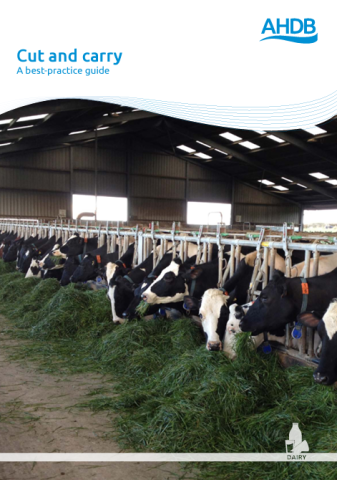Interest in cut and carry systems, often referred to as zero grazing, has increased considerably over recent years, with many farmers either using it during the shoulders of the season or throughout the grazing season.
Key drivers for adoption of this technology have been to increase the proportion of fresh grass included in the diet and as a management tool for fragmented grazing land, wetter summers, expanding herd sizes and, in some cases, robotic milking systems.
This guide seeks to answer key questions as to the potential role of cut and carry systems on UK dairy farms, as well as to establish best-practice guidelines for farmers.
Information in this booklet aims to aid farmers with decisions around implementing a cut and carry system and allow farmers to decide if a cut and carry system is right for them and provide practical advice on best-practice management to capitalise on the benefits.
Download the guide below.



